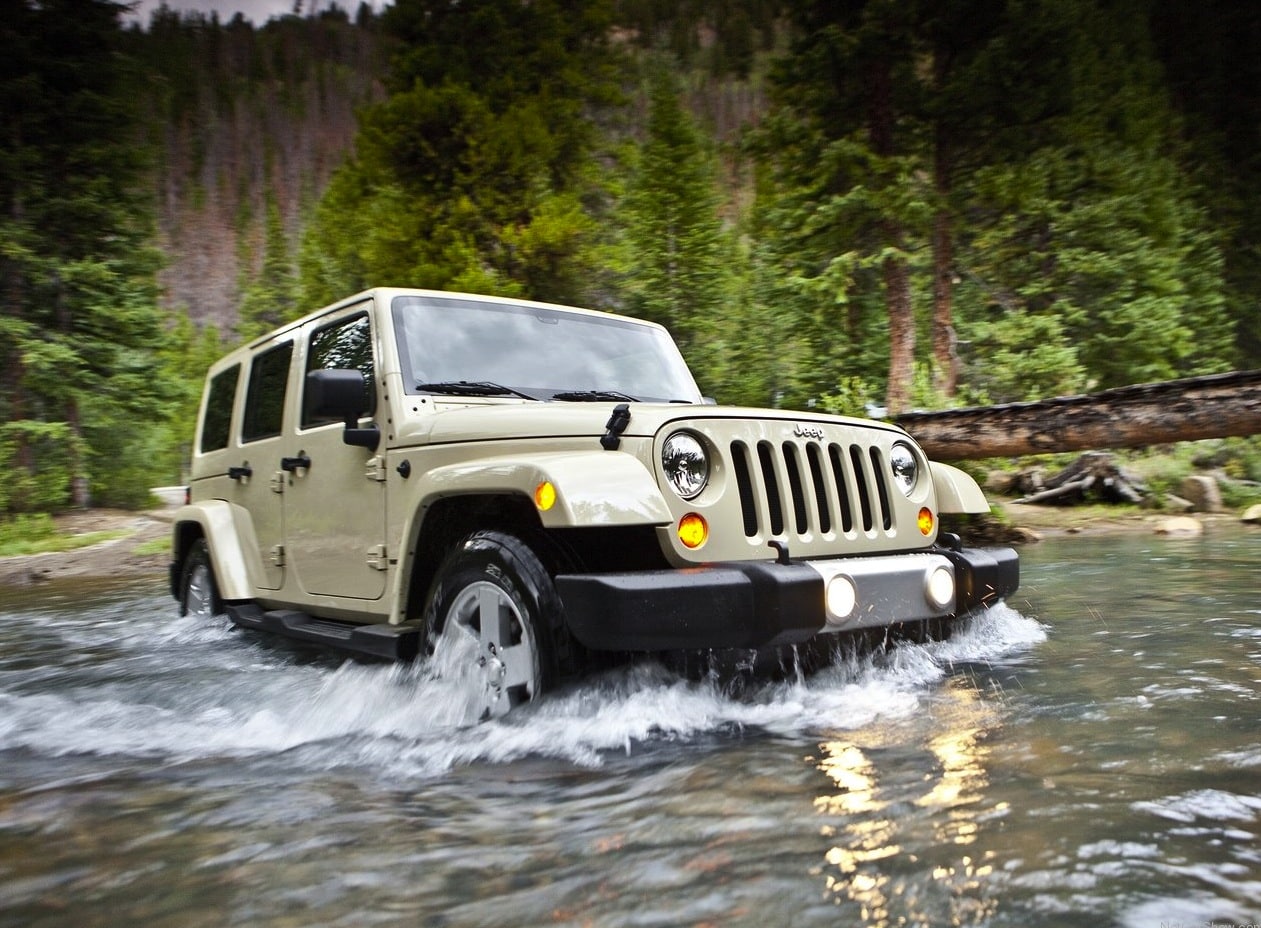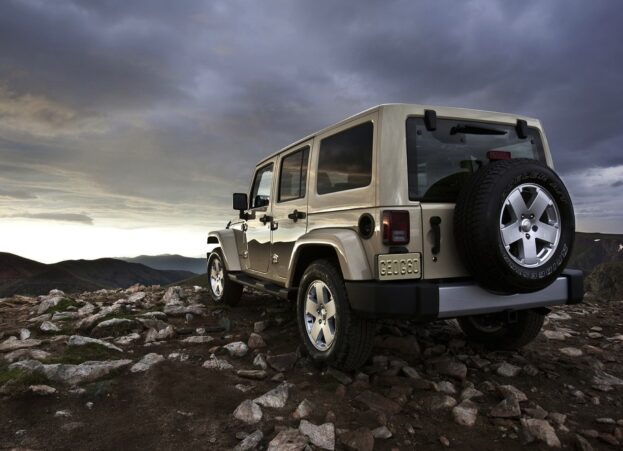Inability to produce enough cars to met demand is a problem everyone loves to have, and it is one Chrysler is experiencing right now with the Jeep Wrangler. Some vehicles buck trends, and the Wrangler is one of them. The entire Jeep brand is on a roll (sales up a startling 44 percent last year), and especially the Wrangler.
Most companies are producing crossovers with less off-road capabilities than ever before, along with more refinement and improved fuel economy. In the midst of all that stands the Wrangler; an unrefined, extremely capable, aerodynamic-as-a-brick SUV. And sales are roaring!
Looks like buyers turned off by other brands are flocking to the Wrangler. Addition of the four-door model is powering a good portion of the increases. Last year, Jeep shifted 122,460 units in the United States alone. Add in global sales and the Wrangler’s tally was 148,738.
Global markets in particular are where the Wrangler could see explosive future growth. Think about it – developing markets with bad roads. Land Rovers and Toyota Land Cruisers have always done well there, but they cost a whole lot more. The Wrangler hasn’t quite been recognized fully as a potential vehicle for missionaries, peace keeping missions and the like in developing countries. With all this demand, Chrysler is working to increase production.
The Wrangler is built where it has always been – at a singular plant in Toledo, Ohio. The Toledo Blade reports a deal has been reached between Chrysler and the United Auto Workers union to boost production by 100 vehicles a day.
Doing so is accomplished by adding an extra 25 workers per shift. The Toledo plant already runs six days a week, 20 hours per day. If demand continues at this pace, Chrysler may have to add a third shift. Right now there is only a 30 day supply on the lots. Pretty impressive stuff.
The future of the Wrangler looks bright, especially with the possibility truck version of the Wrangler. Producing one is really a no-brainer. In fact, at this point the only problem with it would be a lack of capacity to meet market demand.



